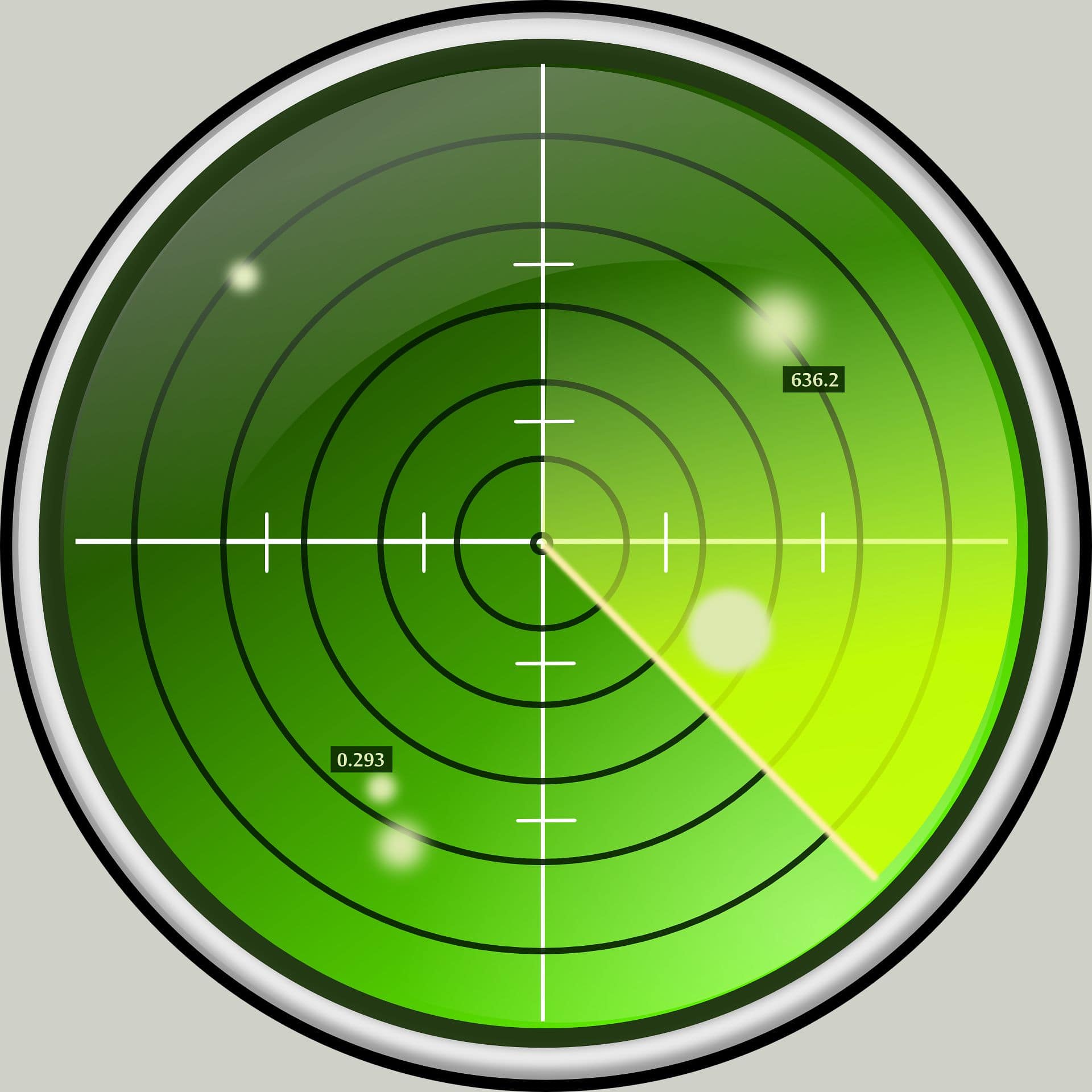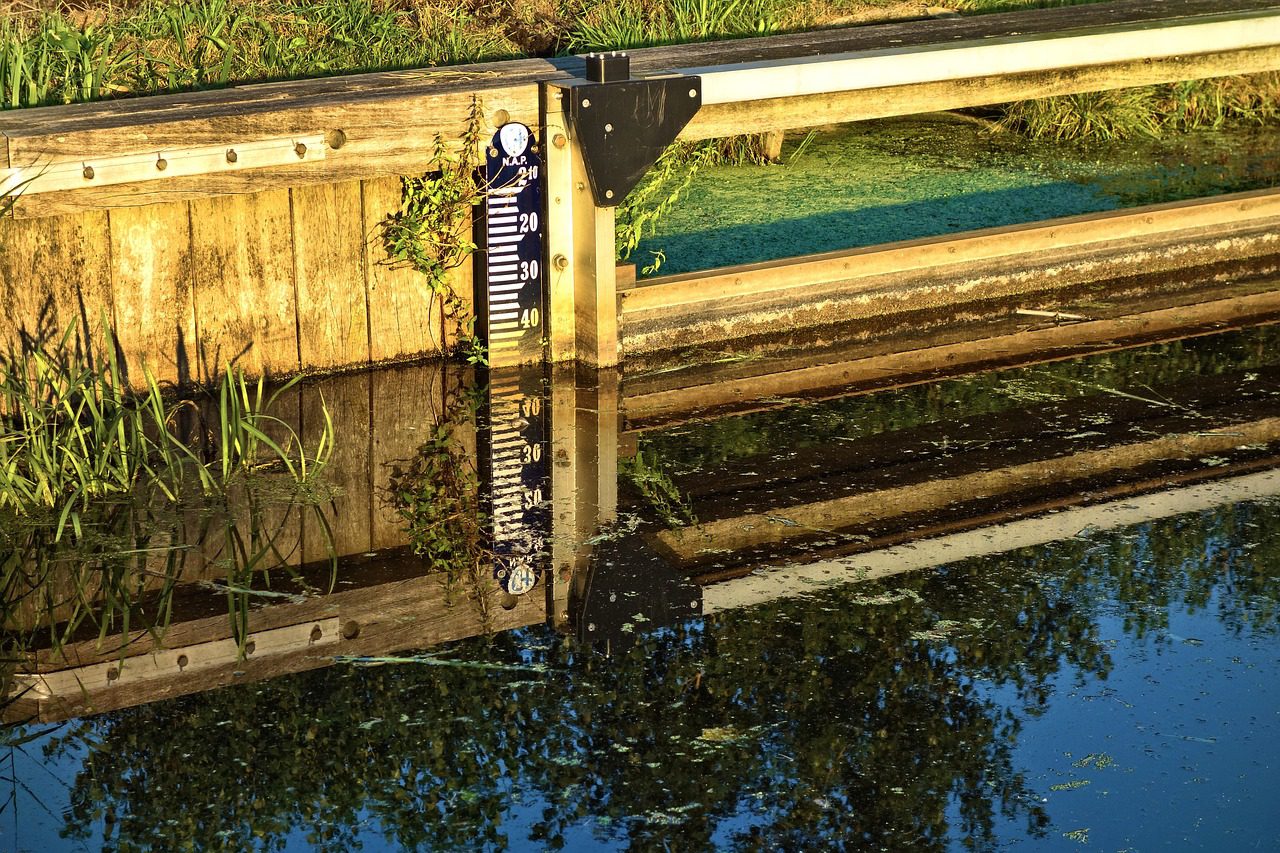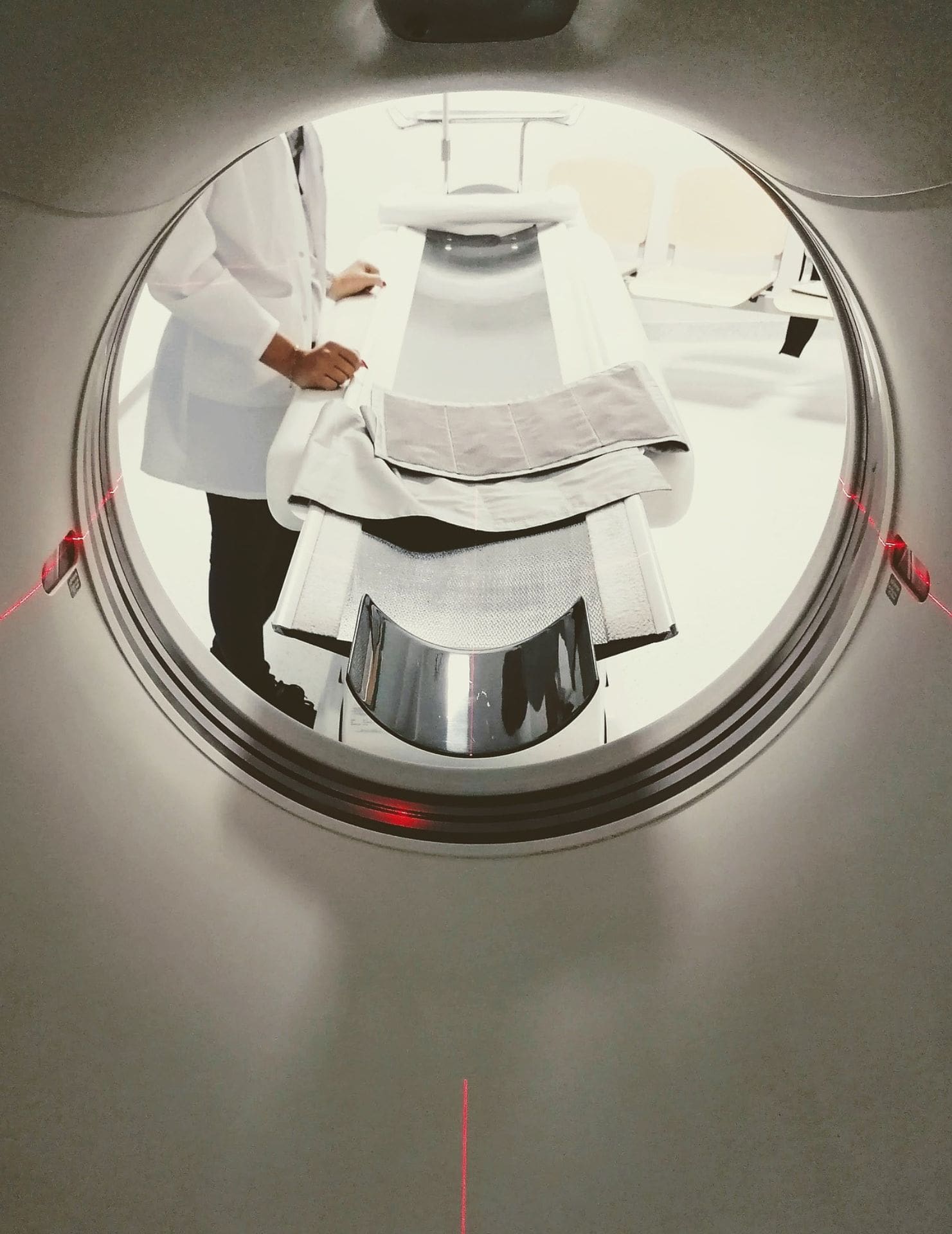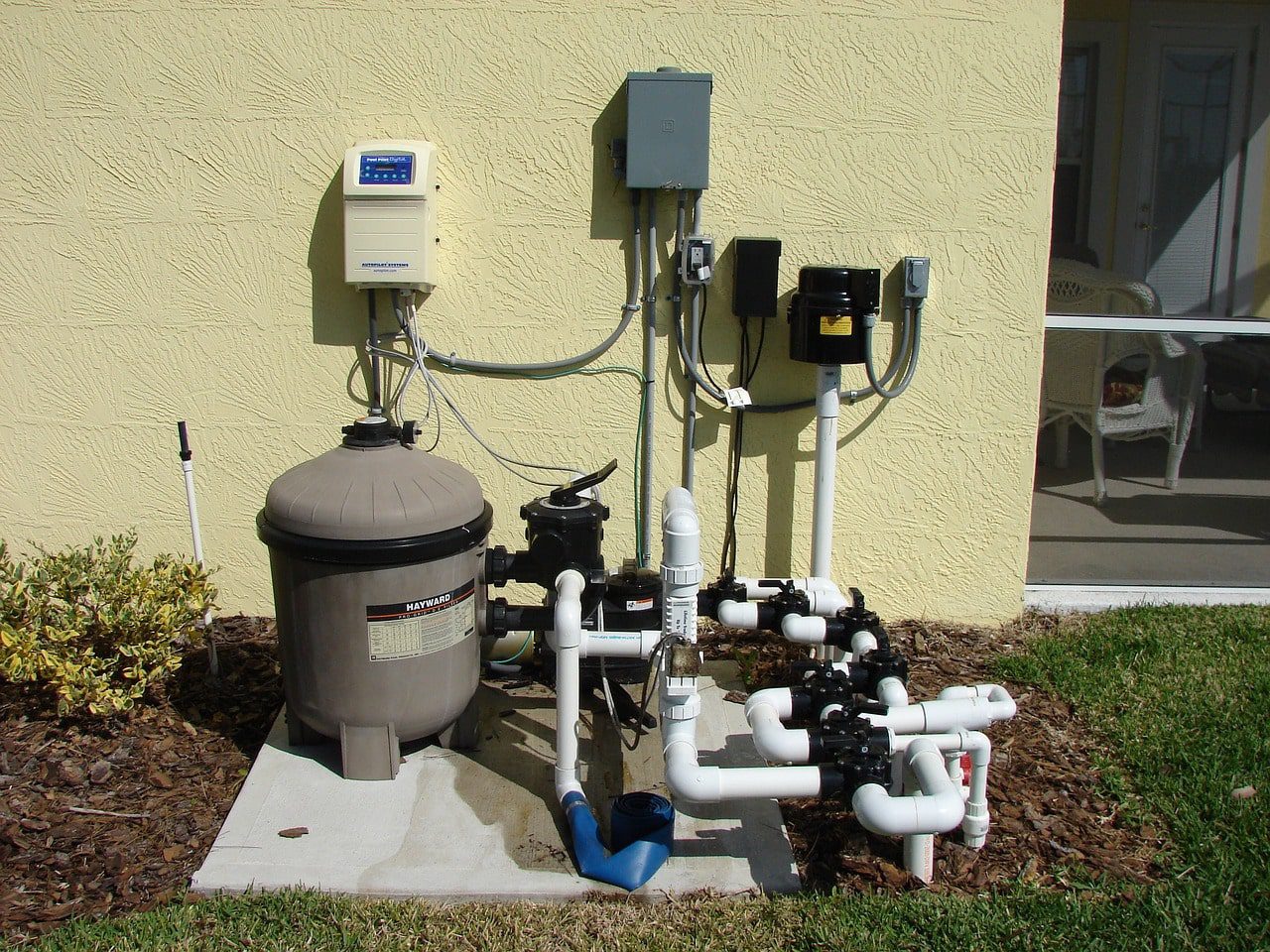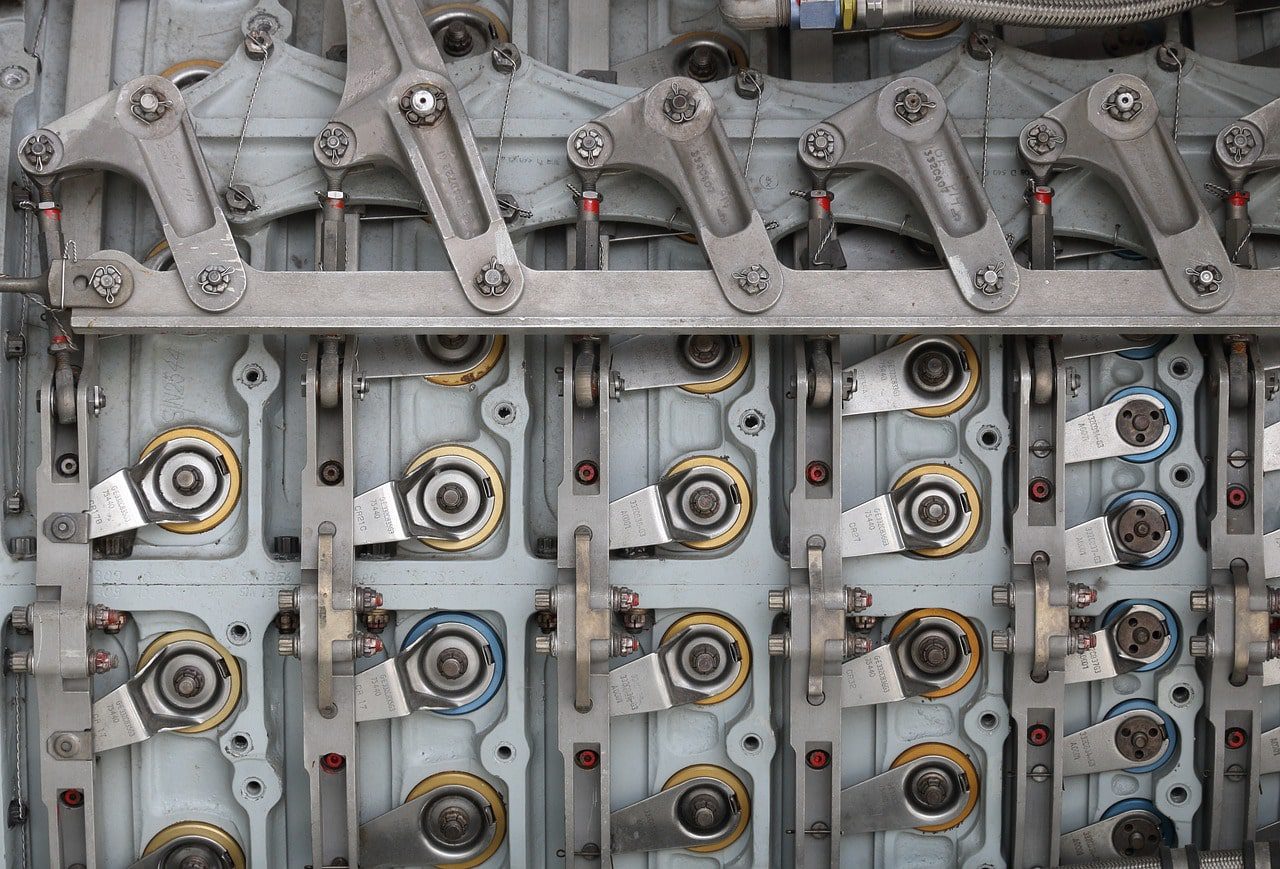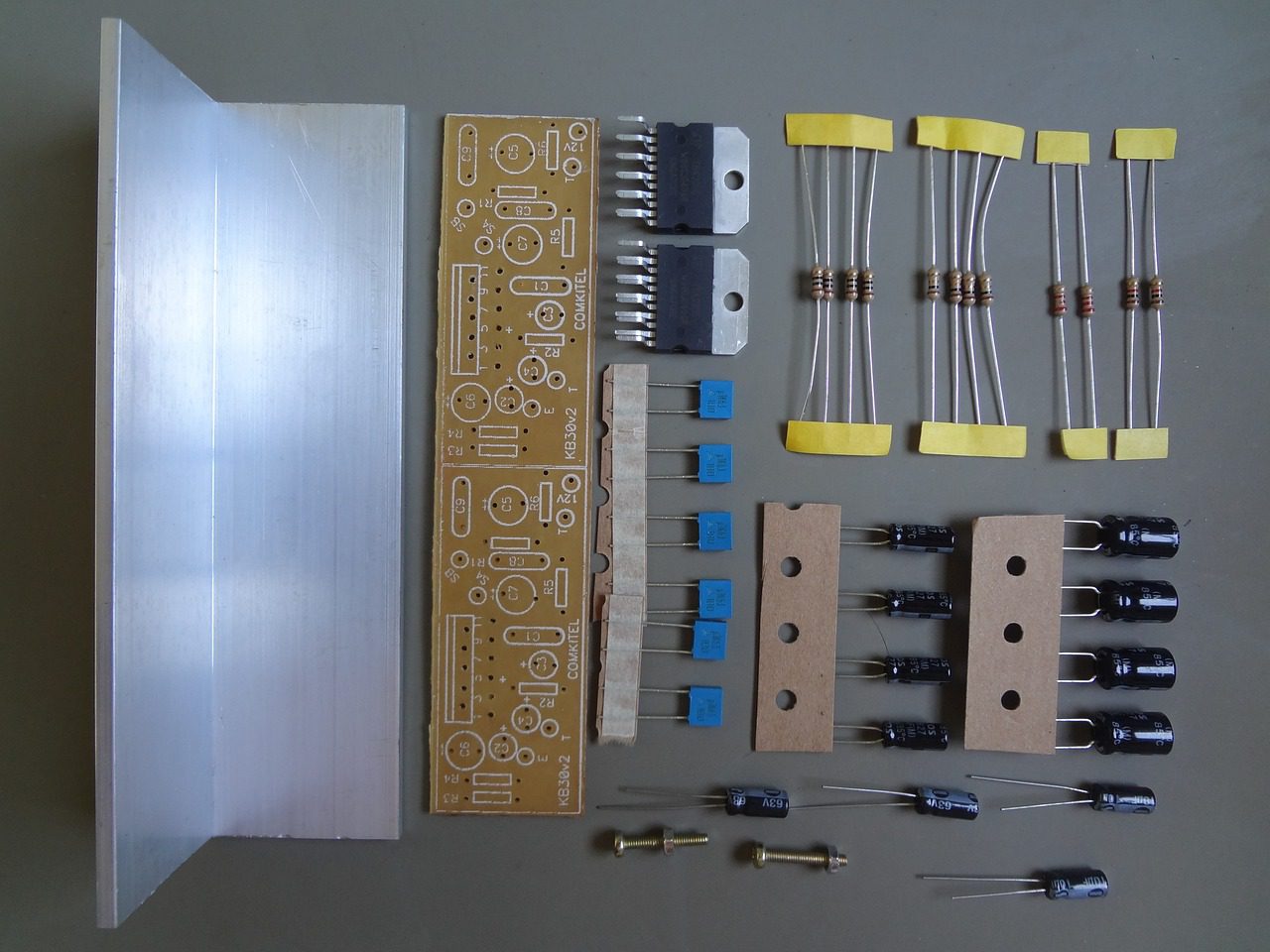How Air Humidity Sensors Work: The Science Explained
Air humidity sensors are essential in our routines and are quietly at work to keep us comfortable and secure without us even noticing them .This equipment goes by names like hygrometers or moisture sensors and they measure the level of moisture in the atmosphere. It is crucial to comprehend the workings of these air humidity … Read more


